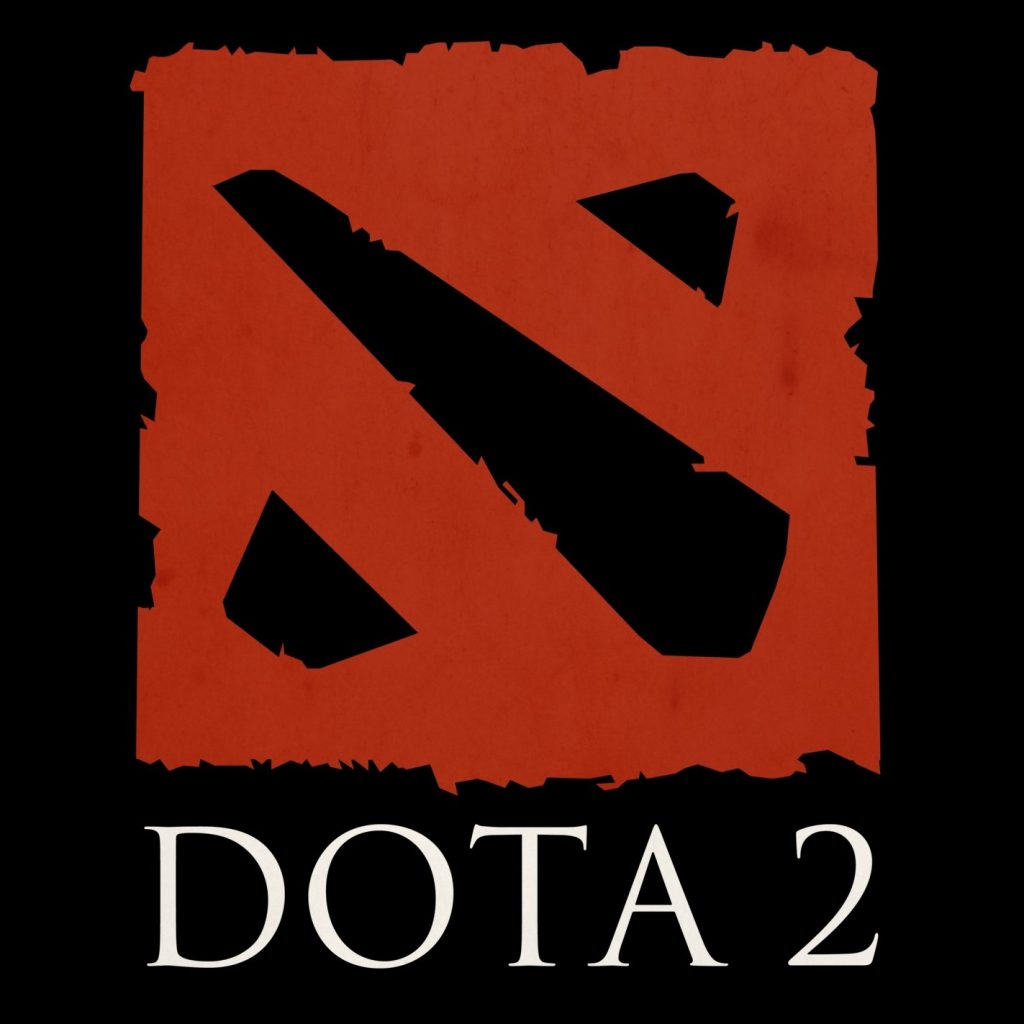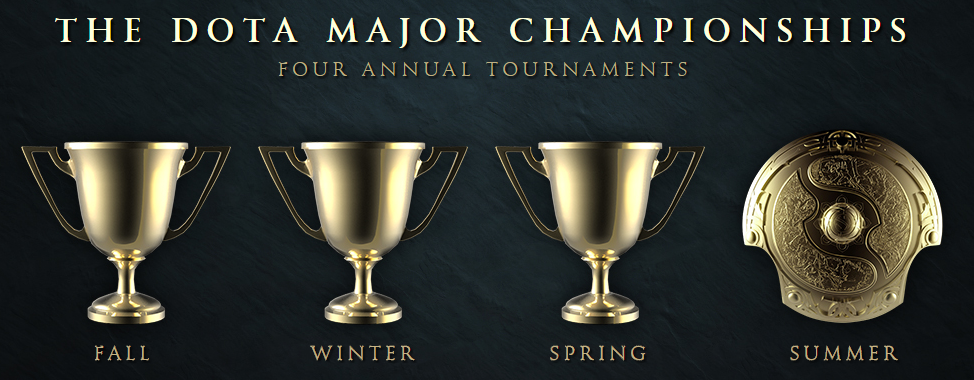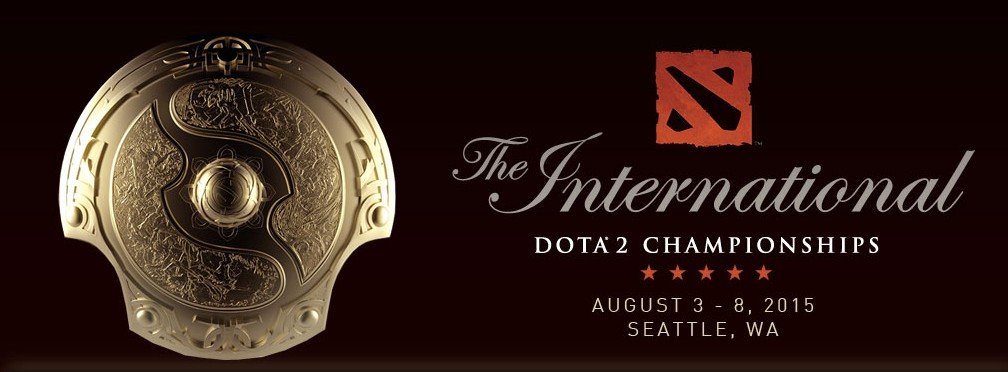By Tyler Morse
Anyone who follows the pro scene of Dota 2 has certainly heard the recent announcement from Valve concerning the future of the competitive landscape, but details are scarce and vague. It will certainly have large ramifications upon the way we view professional Dota 2. So let’s take a moment to look at what we do know and what it means for the game as we know it.
For starters the basic details of the announcement. Valve will sponsor (not host) 3 tournaments throughout the year, one per season other than summer. These events will be run by outside organizers chosen by Valve. Details for these tournaments will be announced in the fall, after TI 5. The fourth major every year will be The International, and will likely be the championship of the season. Teams will also be limited to certain periods where they are allowed to trade players and change their rosters. That’s it. That is all the facts the overlords have given us thus far.
So what does it all mean? Well the four tournaments each year is similar to how Blizzard has taken to structuring competitive Starcraft 2. The Dota version is not split into regions most likely because there simply would not be enough teams. Each region of the Starcraft equivalent has thirty-two spots with another thirty-two players vying for a chance to compete, and there simply isn’t this many Dota teams playing at a high enough level for this to be viable. Valve’s version is maybe the most similar to golf where the PGA hosts four tournaments a year boasting the biggest prize pool and most prestige, but at the same time allowing other tournaments to fill in the empty spaces of time between the majors. What sort of effect this will actually have on nonmajor tournaments is hard to say. The grassroots Starcraft tournament scene is pretty small. Proleague and Dream Hack offer the most consistent high level play and prize pool outside of WCS, and since Proleague has very specific conditions for someone to compete that leaves only one really big tournament provider that is not affiliated with Blizzard: ESL. There used to be NASL, IPL, and many more tournaments being run year round before WCS came and dwarfed them all. Will the same thing happen in Dota? It’s hard to say. WCS is much more time consuming than what the majors will be. Allowing teams to have much more free time to compete is other tournaments, But other tournament providers will need to rise up if Valve hopes to cherry pick the best three organizers from around the world to host their events.
Where and who are big questions regarding the three new tournaments. With The International being hosted by Valve itself in Seattle every year for the foreseeable future the other majors will be spread out across the globe and current community. One event will almost certainly be hosted in Europe with another in China. The third is uncertain, another North American venue is certainly possible, especially considering that Beyond the Summit is a near shoe in for one of the organizers being granted one of the other tournaments. Another possibility would be Southeast Asia which has always had a large Dota scene. Korea which has always been a mecca for Esports but has only recently started to embrace Dota is a likely hub for this region. Who would host these events is also up in the air. Starladder would have been a decent bet for the Europe event if not for the recent bashing they received in regards to their management of their finals over this past weekend. Not to mention Ukraine isn’t the most stable place on the planet right now. For this we can only wait and see.
The other huge bomb dropped in the announcement is the restrictions placed upon roster changes, something which is as much a part of the pro Dota 2 scene as Santa Claus is to Christmas. Until now teams have swapped players extremely aggressively in order to find a lineup that really gets along and produces in the months opposite the yearly marquee contest in Seattle. The flexibility given by a game played entirely online allows for teams to do this with ease and not a whole lot of incentive to work through issues. If someone doesn’t work in the team immediately he is easily replaced by a new tentative applicant. Nobody really likes this, it makes teams hard to follow and often teams will have entirely different lineups than what they started a league with. Valve has spoken out against this practice in the past, even taking a fairly firm stance against standins in the case of Fnatic at last years TI 4, but this is the first really solid decree to prevent it from happening. In response its possible that teams will go up to bigger rosters depending on the limitations Valve issues. However this change is certain to allow fans to more easily follow and revere their favorite teams, something that is certainly appreciated from a fan’s perspective.
More information is certainly in the pipeline, and until then all we can do is speculate, but this is certainly a huge change in the stance Valve has taken on Dota as an eSport. From absentee dad who only shows up on Christmas to gift his children with millions in prize money, to a possibly well adjusted parent. Only time will tell of everything that will happen, but it seems to be a step in the right direction. For now at least.





